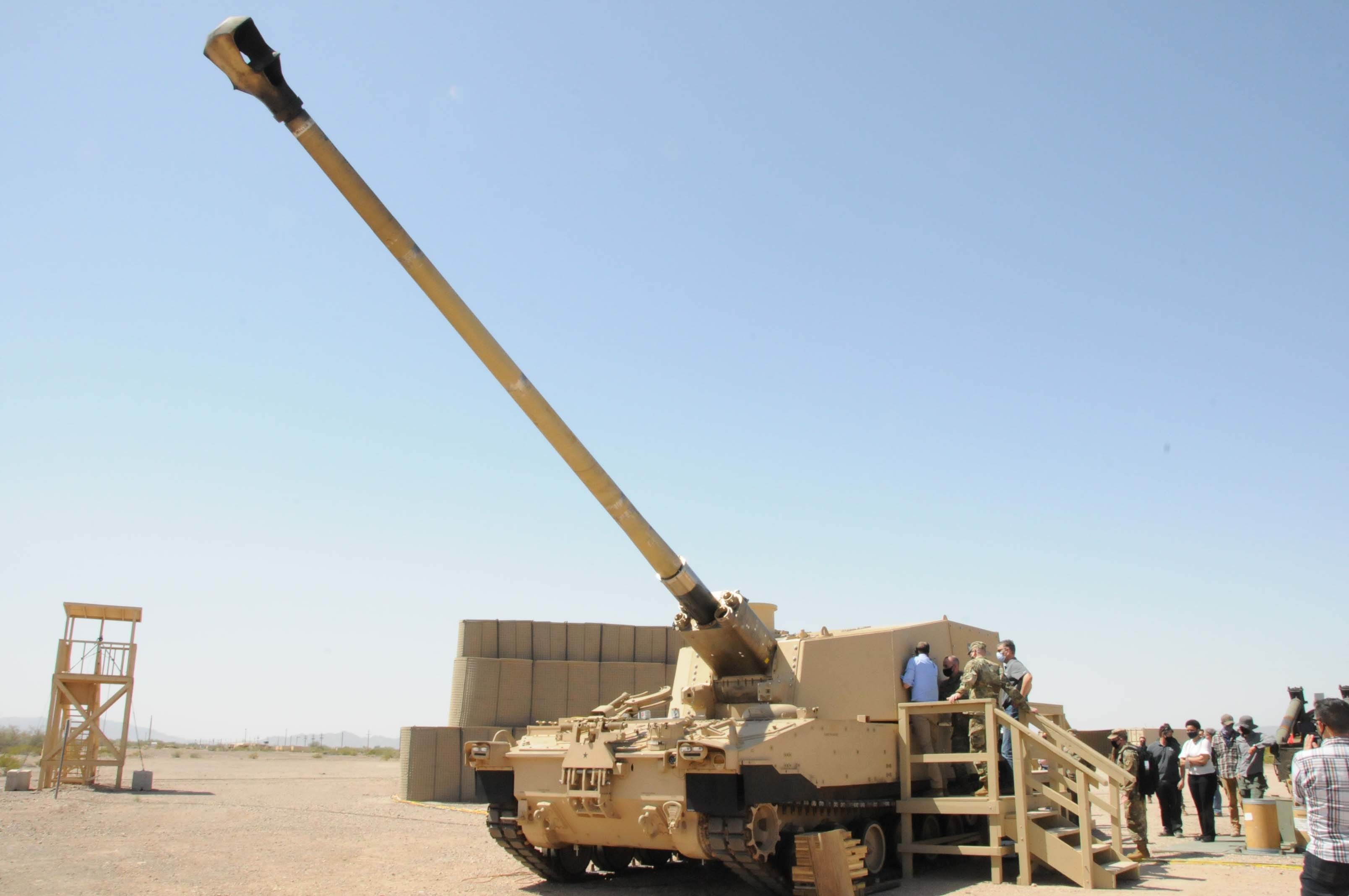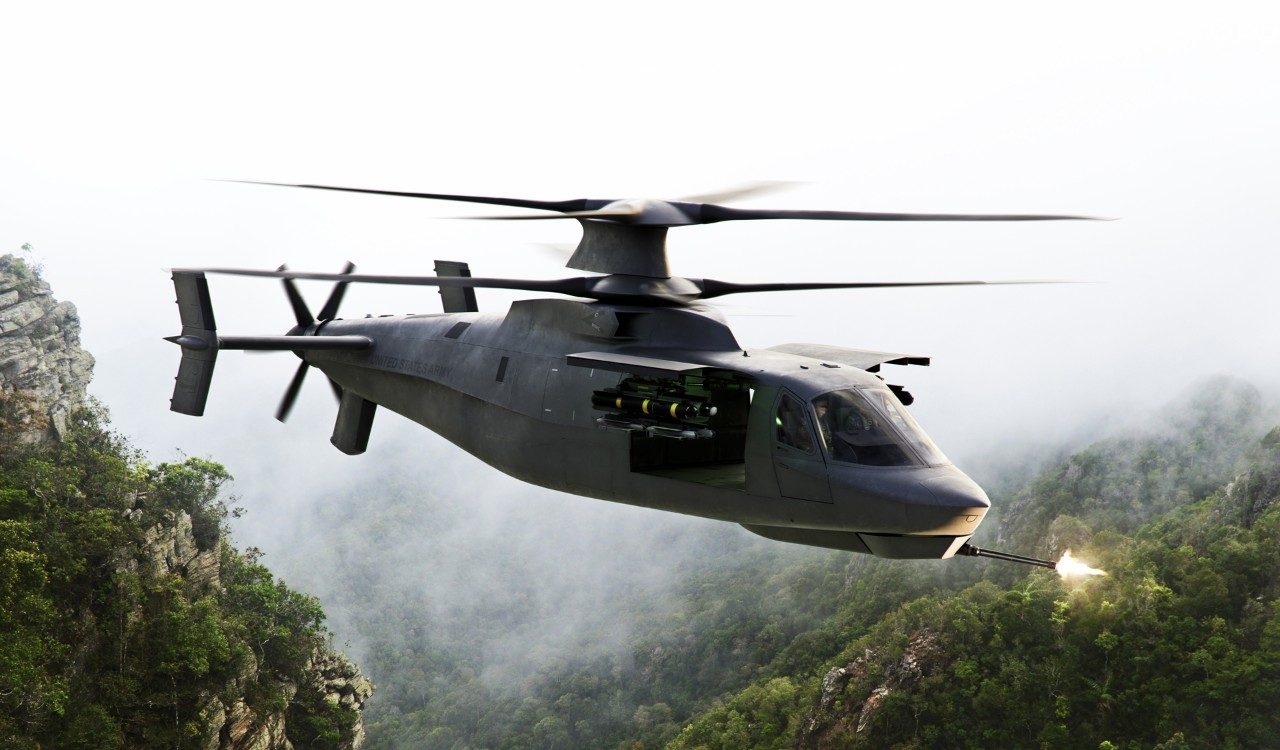The United States canceled its ‘Extended Range Cannon Artillery’ (ERCA) program just a month after it withdrew from another highly anticipated program, the Future Attack Reconnaissance Aircraft (FARA).
Douglas R. Bush, Assistant Secretary of the Army for Acquisition, Logistics, and Technology (ASA(ALT)), announced that the Army was abandoning its 58-caliber Extended Range Cannon Artillery prototype program and reorienting its strategy toward obtaining a long-range artillery capability.
At a briefing held in March, the US Army’s service acquisition chief told reporters, “We concluded the prototyping activity last fall. Unfortunately, [it was] not successful enough to go straight into production.”
This summer, the existing options from industry will be evaluated “to get a sense of the maturity of those systems,” according to the revised plan, which comes after an “exhaustive” tactical fires study sponsored by Army Futures Command aimed to revalidate components of the extended-range cannon requirement.
The ERCA program was launched in 2018 with the stated aim of developing a new, longer-range self-propelled howitzer. The project essentially centered on gradually improving the self-propelled howitzer Paladin M109A7 by adding a 30-foot gun tube with a caliber of 58 to increase the platform’s range to 40 miles with 155 mm ammunition.
The Army was building twenty prototypes of the ERCA system, 18 of which were for a battalion and two for destructive testing.
As per reports, it was supposed to fire both modern and future ammunition, such as the M982 Excalibur, XM1113 Rocket-Assisted Projectile, and XM1155 Extended-Range Artillery Projectile, using a “supercharged” propellant. However, the Army chose to cut its losses and explore alternative possibilities after running into technical issues during testing.

With the use of ERCA prototypes, the Army was able to successfully test several weapons, such as the Excalibur extended-range guided artillery round, which was used in December 2020 at Yuma Proving Ground in Arizona to hit a target on the nose at a distance of 70 kilometers or 43 miles.
The program had hit a snag last year. Bush said in 2023 that “engineering challenges” were found during the operational examination of ERCA. Early prototype testing revealed that the gun tube had severe wear following a comparatively small number of shots fired.
Additionally, a Government Accountability Office (GAO) report published last year said that the program was expected to surpass its five-year deadline. The report stated that the schedule modifications had contributed to an approximate $78 million, or 10%, increase in the cost of the ERCA program in the previous year.
To neutralize opponents such as China and Russia, the Army is racing to increase the range of its artillery on the battlefield. The purpose of the ERCA weapon was to fire at and destroy targets from a position that was outside the adversary system’s range. Bush emphasized last week that this obligation still stands.
Currently, the goal is to identify capable systems that are already in place. If it seems promising, the Army would then select one for production. “It’s a shift from developing something new to working with what is available both domestically and internationally to get the range,” Bush added, “because the fires study validated the range and volume are still needed, so we want to find a different way to get there.”
Despite being the most-anticipated program for the US Army’s long-range fire capabilities, the ERCA is the only weapon that could not be delivered to the service out of a total of 24 new weapon systems planned for deployment.
Many are surprised by the ERCA’s shelving, but it is not the only program abandoned by the United States. Last month, the US Army shelved the Future Attack Reconnaissance Aircraft program to develop next-generation armed scout helicopters.
US Army Shelved FARA Before ERCA
Just a month before the ERCA was scrapped, the US Army abandoned the FARA program, which was also launched in 2018, like the ERCA.
On February 8, 2024, the program’s cancellation — which came at a $2 billion cost to the service —was announced. “We are learning from the battlefield — especially in Ukraine — that aerial reconnaissance has fundamentally changed,” stated Army Chief of Staff General Randy George.
The Army declared that after a “sober assessment of the modern battlefield,” it will increase the amount it spends on unmanned aircraft instead.
The decision was made despite the service placing a significant wager on the program. Two aircraft were vying for the FARA contract: Bell’s 360 Invictus and Sikorsky’s Raider X. The prototypes of the helicopter produced by Sikorsky and Bell were anticipated to fly sometime in 2024 until the announcement by the service changed everything.

Army officers briefed a small group of media persons about the reasons behind the repeal of FARA before the announcement, stating that it reflected the current nature of warfare.
The shelving of the ambitious and promising helicopter came as a surprise even though US service authorities reiterated that they must build attritable aircraft and drones for both combat and reconnaissance.
Army Futures Command Gen. James Rainey stated that although the Army still needs a capability similar to FARA, the service does not intend to begin another manned Kiowa replacement project as it has in the past. Instead, it will allocate resources elsewhere, particularly in the unmanned domain, to enable the Kiowa to perform the function of an armed scout leading other units in combat zones.
The US Army is currently referring to the termination of FARA as the Aviation Investment Rebalance. The service claims that as part of this plan, it will delay the production of the General Electric T901 turboshaft engine, which was created as part of the Improved Turbine Engine Program (ITEP) and is closely related to FARA.
The scrapping of two significant programs that saw the pumping of big dollars after more than five years of launching them does come as a surprise and indicates that the service is beginning to give up on programs that do not show promising results within their stated timelines, to explore other existing or newer options.
- Contact the author at sakshi.tiwari9555 (at) gmail.com
- Follow EurAsian Times on Google News




